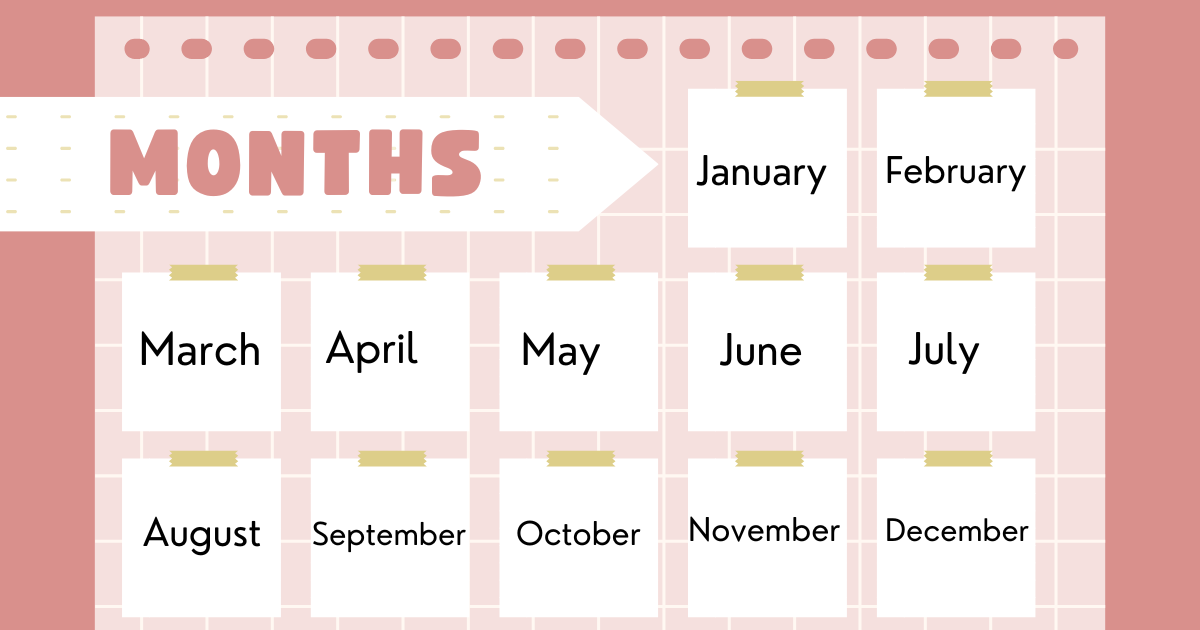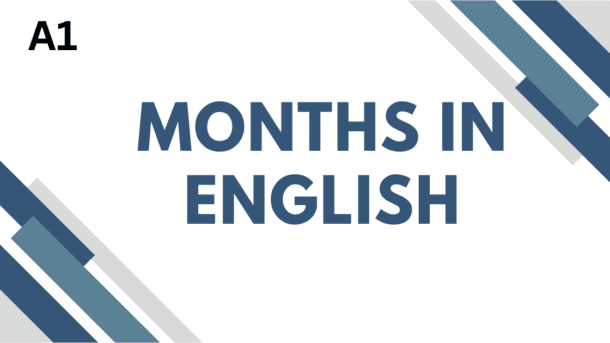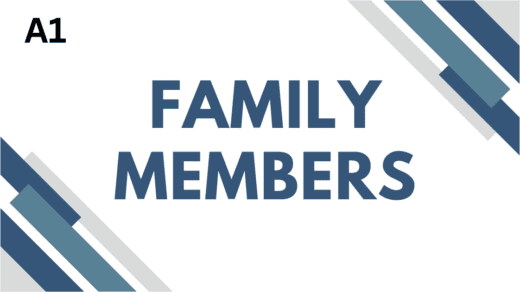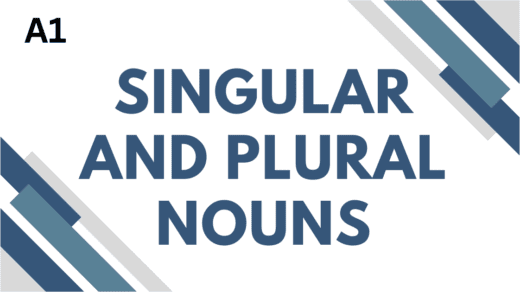Months in English is an essential aspect of the English language, which is crucial for daily communication. For instance, planning events, telling dates, and understanding seasons. So this blog post outlines the months in English, their meanings, origins, some studying tips, and more.
Months in English

The Twelve Months of the Year
- January – 31 days: The first month of the year, often associated with New Year’s celebrations. Its name is derived from Janus, the Roman god of beginnings and transitions.
- February – 28 days (29 days in a leap year): The second month, known for Valentine’s Day. The name comes from the Roman festival of purification, Februa.
- March – 31 days: The third month and the beginning of spring in the Northern Hemisphere. It is named after Mars, the Roman god of war.
- April – 30 days: The fourth month, known for spring flowers and showers. Its origin is uncertain but is thought to be derived from the Latin word “aperire,” meaning “to open,” possibly referring to the opening of flowers and trees.
- May – 31 days: Named after Maia, the Roman goddess of fertility, May signifies spring’s full blossom.
- June – 30 days: The sixth month is named after Juno, the Roman goddess of marriage and the well-being of women, making it a popular month for weddings.
- July – 31 days: Originally called Quintilis, it was renamed in honor of Julius Caesar. July is usually hot and associated with summer activities in many regions.
- August – 31 days: Named after Emperor Augustus, the eighth month is known for its high summer heat and vacations in many cultures.
- September – 30 days: The ninth month, with its name derived from “septem,” meaning seven in Latin, as it was the seventh month of the Roman calendar.
- October – 31 days: The tenth month, named from “octo” (eight in Latin), October is known for Halloween celebrations.
- November – 30 days: Derived from “novem” (nine in Latin), this eleventh month is associated with Thanksgiving in the United States.
- December – 31 days: The twelfth month, named from “decem” meaning ten, December is marked by winter festivities, including Christmas and New Year’s Eve celebrations.
Grammar Point: Prepositions and Seasons
Introduce the seasons and their relation to months. Discuss the use of prepositions when talking about months.
Examples of Sentences:
- “My birthday is in April.”
- “We usually go on vacation in August.”
- “Spring begins in March.”
Explain that “in” is used with months, years, and seasons, while “on” is typically used with specific days (e.g., “on July 4th”).
Activity: Fill in the Blanks
- Provide sentences with missing months, such as:
- “My favorite holiday is in _____.” (Adapt depending on preference.)
- “We go swimming in _____.”
How to say dates in English
When you say a date, you should use ordinal numbers (numbers you use to show an order).
| 1 → first | 11 → eleventh | 21 → twenty-first |
| 2 → second | 12 → twelfth | 22 → twenty-second |
| 3 → third | 13 → thirteenth | 23 → twenty-third |
| 4 → fourth | 14 → fourteenth | 24 → twenty-fourth |
| 5 → fifth | 15 → fifteenth | 25 → twenty-fifth |
| 6 → sixth | 16 → sixteenth | 26 → twenty-sixth |
| 7 → seventh | 17 → seventeenth | 27 → twenty-seventh |
| 8 → eighth | 18 → eighteenth | 28 → twenty-eighth |
| 9 → ninth | 19 → nineteenth | 29 → twenty-ninth |
| 10 → tenth | 20 → twentieth | 30 → thirtieth |
| 31 → thirty-first |
Date Format: American (Month-Day-Year)
- January 1, 2023: “January first, twenty twenty-three”
- May 25, 2023: “May twenty-fifth, twenty twenty-three”
- December 31, 2023: “December thirty-first, twenty twenty-three”
Date Format: British (Day-Month-Year)
- 1 January 2023: “The first of January, twenty twenty-three”
- 25 May 2023: “The twenty-fifth of May, twenty twenty-three”
- 31 December 2023: “The thirty-first of December, twenty twenty-three”
Tips
- Use ordinal numbers (twenty-first, twenty-second, etc.) up to the twentieth.
- Abbreviate larger years (like twenty-twenty-three) for better clarity.
- Pronounce numbers carefully, focusing on clarity for listeners.
- Familiarize yourself with regional preferences when writing dates.
Tips for Memorizing the Months in English
- Mnemonic Devices: Create a mnemonic to remember the order of the months. For example, “Jolly Frogs March And April May Jump, July August’s September, October November December.”
- Flashcards: Use flashcards with the name of the month on one side and the number of days on the other. This can help reinforce memory through visual association.
- Songs and Rhymes: Listen to songs or rhymes that include the months. Many children’s songs include them in a catchy way, which can help with retention.
- Calendar Practice: Regularly check a calendar in English and practice saying the months aloud. This helps integrate vocabulary into daily life.
- Seasonal Context: Relate each month to its corresponding season or holidays observed during that period. This not only aids memory but also enhances cultural understanding.
Some Usage of Months in Conversation
Understanding the months is one thing; however, using them in conversation is another. Here are some general examples to help learners practice:
- Telling Time: “What month is it now? It’s October.”
- Making Plans: “I want to go on vacation in July.”
- Discussing Events: “My birthday is in September.”
- Holidays: “What do you do for Christmas in December?”
Conclusion
The months in English are a fundamental part of mastering the English language, fostering effective communication, and enhancing cultural awareness. This comprehensive breakdown not only educates English learners each month but also provides tools for memorization and practical usage in conversation.
This detailed lesson not only covers the basic names of the months in English but also incorporates, cultural elements, grammar structures, and engaging activities, making it comprehensive and effective for English learners.




